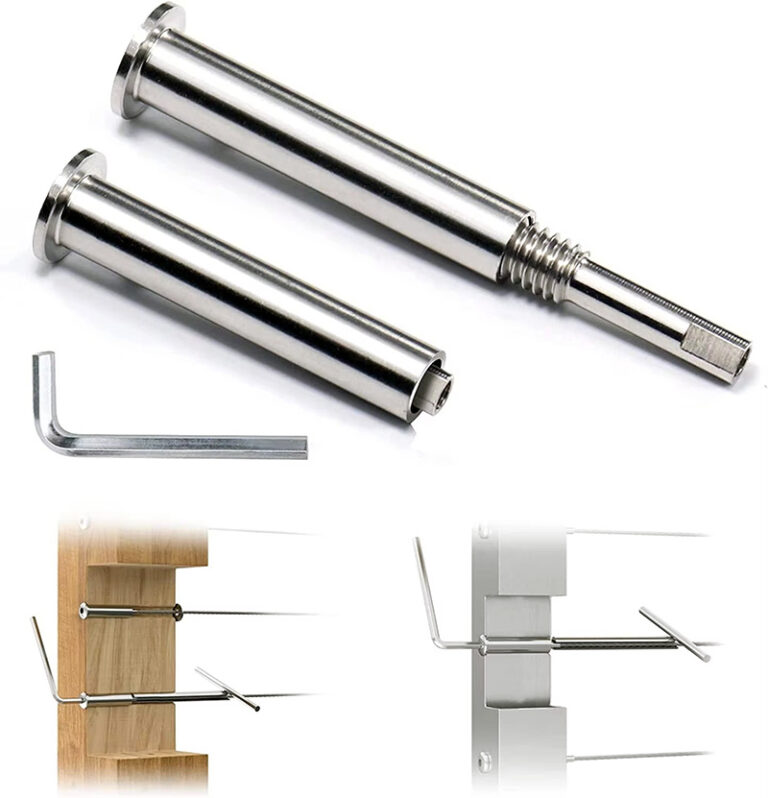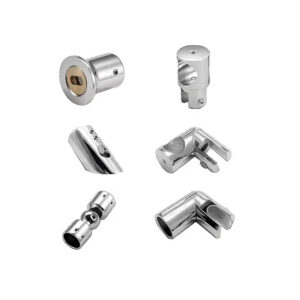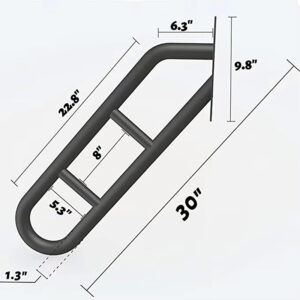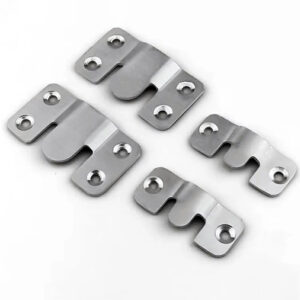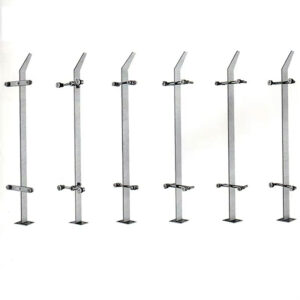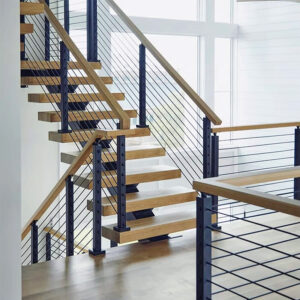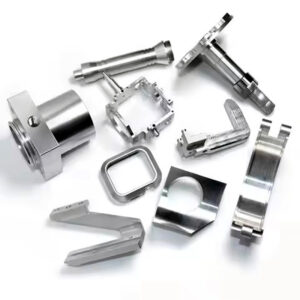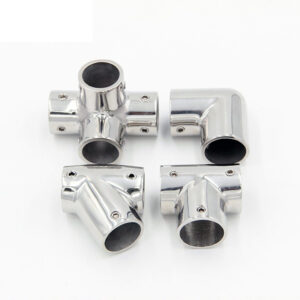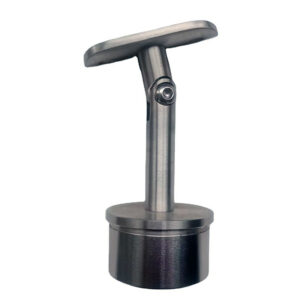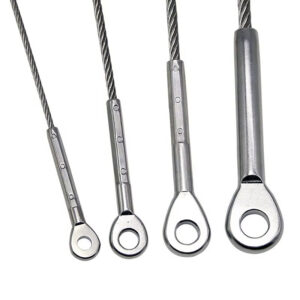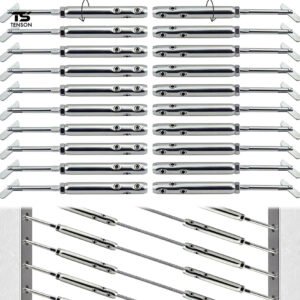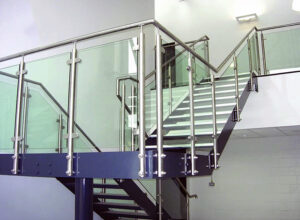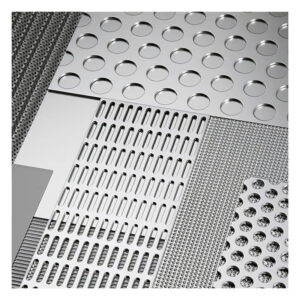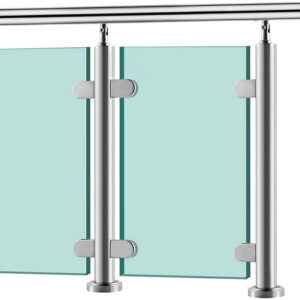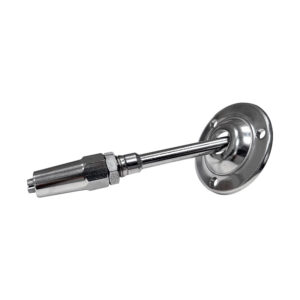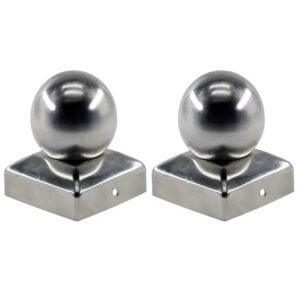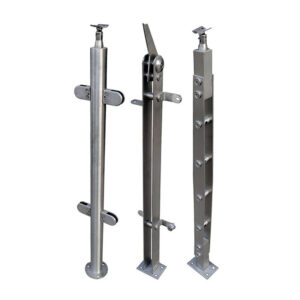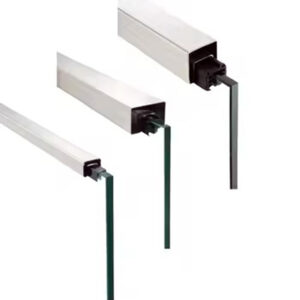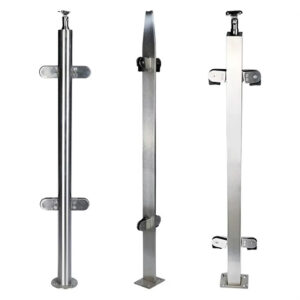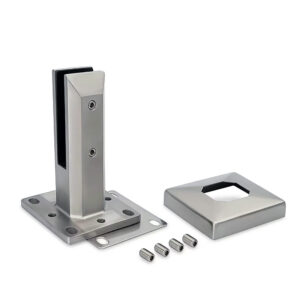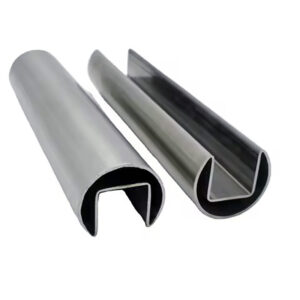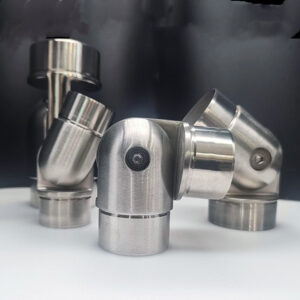Traditional cable railing installations mean permanent swaged connections, field crimping challenges, and expensive do-overs when adjustments are needed. After 23 years manufacturing railing hardware, we’ve seen contractors struggle with these limitations repeatedly. Swageless cable tensioners eliminate these headaches with adjustable, reusable fittings that deliver reliable performance without specialized crimping tools or permanent connections.
How Swageless Cable Tensioners Actually Work
Mechanical Connection Technology
Swageless cable tensioners use precision-machined components that grip cable through mechanical compression rather than permanent deformation. The system employs hardened steel wedges or collets that distribute load evenly across the cable circumference, creating holding strength that meets or exceeds swaged connections. Internal threading allows for field tension adjustment throughout the system’s service life.
Our swageless tensioner fabrication 316L components feature corrosion-resistant construction with load ratings from 500 to 2,000 pounds working load, depending on cable diameter. The mechanical design maintains consistent grip strength across temperature variations and repeated adjustment cycles.
System Components and Integration
Complete swageless tensioner systems include body assemblies, end fittings, adjustment mechanisms, and mounting hardware. Thread specifications follow standard industry sizing (typically 1/4″-20 through 5/8″-11) for compatibility with existing railing posts and frames. Cable compatibility ranges from 1/8″ through 3/16″ diameter 7×7 and 1×19 construction stainless steel cable.
▶ Get Technical Specifications ◀
Key advantages include:
- Field adjustability without tools beyond standard hex keys
- Reusable connections for system modifications
- Visual inspection capability of all connection components
- Reduced installation time through elimination of swaging operations
- Simplified inventory management with universal sizing
| Component Type | Load Rating (lbs WLL) | Cable Compatibility | Adjustment Range |
|---|---|---|---|
| Standard Body | 500-800 | 1/8″ – 5/32″ | 2-4 inches |
| Heavy Duty | 1,000-1,500 | 5/32″ – 3/16″ | 3-6 inches |
| Marine Grade | 800-2,000 | 1/8″ – 3/16″ | 2-8 inches |
Material Selection for Long-Term Performance
Stainless Steel Grades and Applications
Commercial swageless tensioner systems typically specify 316 stainless steel for superior corrosion resistance, particularly in coastal or industrial environments. The molybdenum content in 316 grade provides enhanced performance against chloride corrosion compared to 304 stainless. For interior applications or budget-sensitive projects, 304 stainless offers adequate performance with lower material cost.
Marine grade swageless cable ODM solutions exclusively use 316L stainless with low carbon content to prevent carbide precipitation during welding operations. Surface passivation per ASTM A967 ensures optimal corrosion resistance from initial installation.
Surface Treatment Options
Precision swageless hardware receives either electropolish or mechanical finishing. Electropolished surfaces provide superior corrosion resistance and easier cleaning, while mechanically finished (brushed) surfaces offer lower cost with acceptable performance for most applications.
| Material Grade | Environment | Expected Service Life | Relative Cost |
|---|---|---|---|
| 304 Stainless | Interior, low moisture | 20+ years | Standard |
| 316 Stainless | Coastal, industrial | 25+ years | 15-20% premium |
| 316L Marine | Salt spray, harsh chemicals | 30+ years | 25-30% premium |
Real-World Applications and Performance Data
Residential Multi-Unit Projects
A 240-unit apartment complex in Florida specified swageless cable tensioners for all balcony railings after installation delays plagued their initial phase using traditional swaged fittings. The mechanical connections reduced installation time by 35% and eliminated field rework from incorrect cable lengths. Two years post-installation, maintenance requirements have been limited to quarterly tension checks rather than cable replacements.
Project metrics:
- Installation time: 8 minutes per cable run vs. 12 minutes swaged
- Field adjustments: Zero cable replacements vs. 15% with swaged systems
- Maintenance cost: 60% reduction in first two years of service
Commercial Office Buildings
A 12-story office building in Chicago utilized custom swageless manufacturing for interior stair railings with specific architectural requirements. The adjustable connections allowed field modifications to accommodate actual building dimensions without cable replacement. Facility management reports simplified maintenance protocols and improved system reliability.
▶ Discuss Your Project Requirements ◀
Industrial Applications
Manufacturing facilities require cable railing systems that withstand vibration, temperature cycling, and potential impact. Swageless tensioners provide the adjustability needed to maintain proper cable tension as buildings settle and equipment creates ongoing vibration. A automotive parts manufacturer reported 40% fewer maintenance calls after switching from swaged to swageless cable connections.
Marine and Coastal Installations
Saltwater environments demand both superior corrosion resistance and maintainability. A marina in South Carolina replaced traditional cable railings with 316L swageless systems after repeated failures of swaged fittings. Three years later, the swageless connections show minimal corrosion and have required only routine tension adjustments.
“Swageless fittings eliminate the common failure point of crevice corrosion found in traditional swaged cable connections.” —Marine Construction Industry Report
| Application Type | Typical Installation Time | Maintenance Frequency | Performance Rating |
|---|---|---|---|
| Residential Balcony | 6-10 min/run | Annual inspection | 95% satisfaction |
| Commercial Interior | 8-12 min/run | Semi-annual | 92% satisfaction |
| Industrial Facility | 10-15 min/run | Quarterly | 88% satisfaction |
| Marine Environment | 12-18 min/run | Quarterly | 94% satisfaction |
Installation Advantages and Technical Support
Simplified Installation Process
Swageless cable tensioners eliminate specialized swaging tools and training requirements. Standard hex keys provide all adjustment capability needed for proper installation and ongoing maintenance. The mechanical connection allows contractors to achieve proper cable tension without guesswork or specialized gauges.
Installation sequence:
- Cut cable to approximate length with standard cable cutters
- Insert cable into tensioner body and secure end fitting
- Mount tensioner to post or rail structure
- Adjust tension using hex key until proper deflection achieved
- Lock adjustment with thread-locking compound
▶ Connect with Installation Support ◀
Quality Control and Reliability
Twenty-three years of manufacturing experience has shown us that field installation variables cause most cable railing failures. Swageless systems reduce these variables by eliminating field swaging operations and providing visual confirmation of proper connection. Load testing confirms mechanical connections achieve 90-95% of cable breaking strength, comparable to properly swaged fittings.
Supply Chain and Inventory Benefits
Distributors report 40-50% inventory reduction when stocking swageless systems versus complete swaged fitting inventories. Universal cable lengths and adjustable tensioners accommodate wider dimensional ranges, reducing stock-keeping units while improving project flexibility.
Frequently Asked Questions
How do swageless tensioners compare to swaged fittings for load capacity?
Properly installed swageless tensioners achieve 90-95% of cable breaking strength, meeting IBC and ASCE requirements for cable railing systems. The mechanical connection distributes load effectively while providing adjustability throughout service life.
What maintenance schedule is recommended?
Visual inspection every six months with tension adjustment as needed. Marine environments may require quarterly checks. The mechanical design allows easy inspection of all connection components without system disassembly.
Are swageless systems compatible with existing railing posts?
Yes, standard thread specifications ensure compatibility with most existing cable railing hardware. Custom threading available for specialized applications through our ODM manufacturing capabilities.
What tools are required for installation and adjustment?
Standard hex key sets provide all necessary adjustment capability. No specialized swaging tools, crimpers, or tension gauges required for proper installation.
How do material costs compare?
Initial hardware cost is typically 10-15% higher than swaged fittings, but reduced installation time and maintenance requirements provide overall project savings of 15-25%.
▶ Get Answers to Your Specific Questions ◀
Making the Right Choice for Your Project
When Swageless Makes Sense
Projects requiring field adjustability, simplified maintenance, or installation flexibility benefit most from swageless cable tensioners. Esang Metal provides both standard and custom solutions based on 23 years of manufacturing experience with cable railing systems.
Consider swageless tensioners when:
- Installation timeline is critical
- Field dimension variations are expected
- Long-term maintenance cost is a concern
- Installation crew lacks specialized swaging experience
- Project requires future modifications or adjustments
“Adjustable cable connections reduce total project cost through faster installation and reduced maintenance requirements.” —Construction Hardware Institute
The mechanical reliability, installation efficiency, and long-term adjustability of swageless cable tensioners provide practical advantages for contractors, distributors, and end users. Our manufacturing experience and technical support ensure reliable performance across residential, commercial, industrial, and marine applications.
